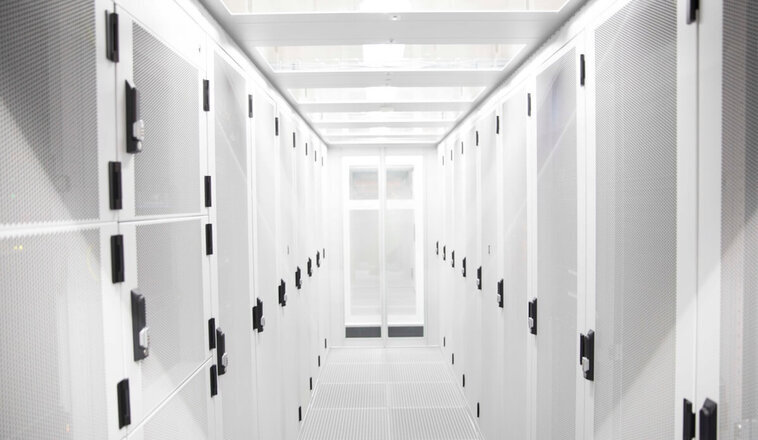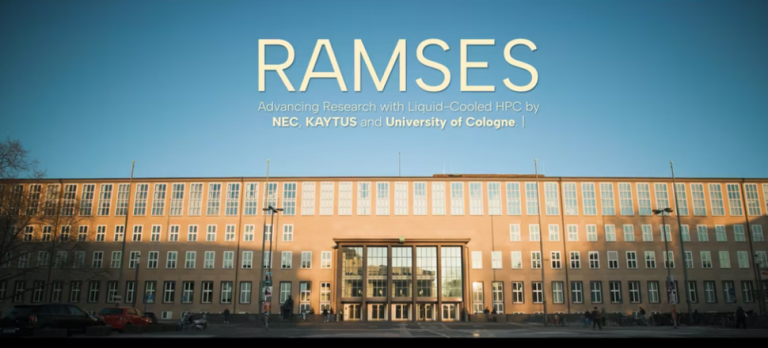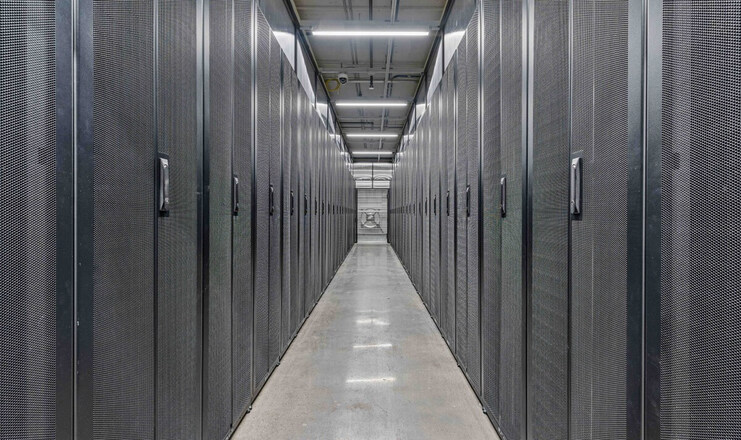
Capital costs to develop data centers across Europe, the Middle East, and Africa (EMEA) have reached unprecedented levels, as demand for digital infrastructure driven by artificial intelligence (AI), cloud computing, and data sovereignty continues to accelerate.
According to global property consultancy Knight Frank, more than US$ 562 billion in development capital is now required to support the region’s expanding data center pipeline – including US$ 162 billion announced in the first half of 2025 alone.
Knight Frank’s latest EMEA Data Centres Report reveals that the total operational stock of data centers across the region is now valued at over US$ 300 billion, reflecting both its income-generating potential and critical role in powering the digital economy. The firm expects this valuation to grow by 11.4% in 2025, underlining both investor appetite and the sector’s continued momentum amid mounting capacity challenges.
Across the EMEA region, hyperscale and AI infrastructure are driving a boom in both capital spending and construction. Yet, this surge in demand is colliding with tightening availability, resulting in record-low vacancy rates and increasingly aggressive pre-leasing activity among hyperscale operators seeking to secure space well before completion.
In the Middle East, the United Arab Emirates (UAE) is emerging as one of the fastest-growing digital infrastructure markets globally. Live data center capacity there has surpassed 376MW, with an additional 19.2MW scheduled to come online this year.
Investment from global technology leaders and local stakeholders alike is transforming Dubai and Abu Dhabi into digital powerhouses. OpenAI recently selected Abu Dhabi as one of the sites for its global Stargate AI platform, while Microsoft and UAE telecom operator du announced a US$ 544 million hyperscale facility in Dubai.
Government policy is further accelerating this growth. Abu Dhabi’s Digital Strategy 2025–2027 – a US$ 13 billion national program – mandates sovereign cloud adoption and the deployment of AI-driven digital solutions across more than 200 government platforms. This strategic push, combined with the private sector’s race to deploy AI-ready infrastructure, has driven vacancy rates in the UAE down to just 2.4%, one of the lowest in the EMEA region.
Frankfurt, London, Paris
In Europe, key data center hubs such as Paris, Frankfurt, and London continue to attract massive capital inflows. Paris, now the region’s fastest-growing market, faces a capital requirement of approximately US$ 43 billion as total supply expands by more than 75%, reaching nearly 3.4GW. Frankfurt remains the leader in leasing activity, recording 207MW of take-up in the past 12 months – 159MW of which occurred in just the last two quarters. London retains its status as the largest single data center market in EMEA, with a development capital requirement exceeding US$ 58 billion and a total market valuation of around US$ 42 billion.
Despite this growth, supply is struggling to keep pace. Across EMEA, the average live colocation vacancy rate is 9.5%, but this falls sharply to 5.2% for deployments exceeding 2MW, and to 2.9% for requirements above 5MW. In leading hubs – including the UAE (2.4%), Paris (3.4%), and London (5.9%) – the availability of large-scale capacity is already critically constrained.
Pre-leasing activity further underscores the supply imbalance. More than 55% of capacity currently under construction has already been pre-let, with an additional 22% of committed capacity secured ahead of completion. Some of Europe’s most active markets, including Dublin, Milan, and London, are seeing pre-leasing rates above 90%, highlighting the intensity of demand among hyperscalers and AI operators.
Stephen Beard, Global Head of Data Centres at Knight Frank, described the situation as a “collision of scale and scarcity.” “We are seeing record levels of supply delivered and planned across EMEA, yet demand from AI and cloud is growing even faster,” said Mr. Beard. “Markets like Paris, London, and Frankfurt are expanding at pace, but vacancy rates and pre-leasing levels reveal just how little truly available capacity remains.”
Alex Burgoyne, Head of Data Centres Valuation & Advisory at Knight Frank, added that the accelerating influence of AI is reshaping the sector’s investment dynamics. “AI continues to be a defining force,” said Mr. Burgoyne. “What was once a secondary driver is now central to strategy, pushing governments, hyperscalers, and operators to act faster. This shift is creating both opportunity and challenge as the region races to keep up.”
Knight Frank’s findings paint a picture of a market defined by extraordinary capital requirements, rapid technological transformation, and tightening supply constraints. As enterprises, governments, and cloud providers race to deploy next-generation AI infrastructure, EMEA’s data center ecosystem is expected to remain a focal point of global digital investment.
However, with limited large-scale capacity and rising energy, sustainability, and permitting challenges, competition for available space – and for access to power – is set to intensify throughout 2025 and beyond.





